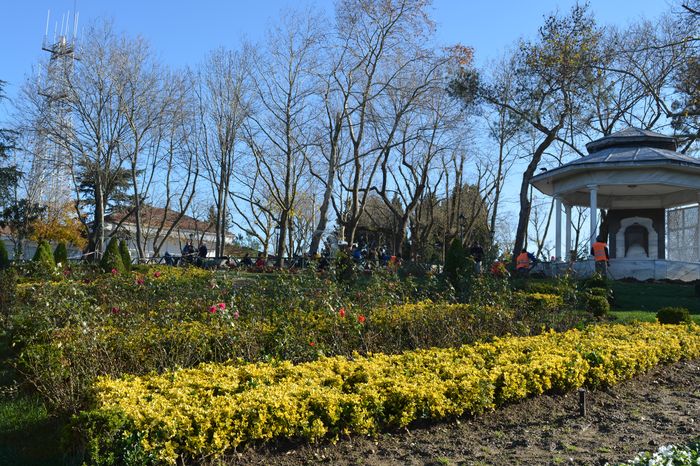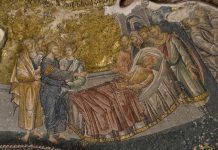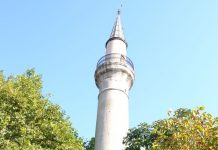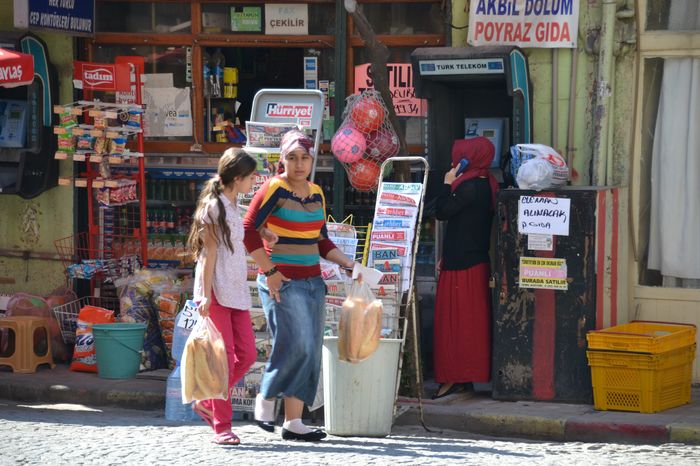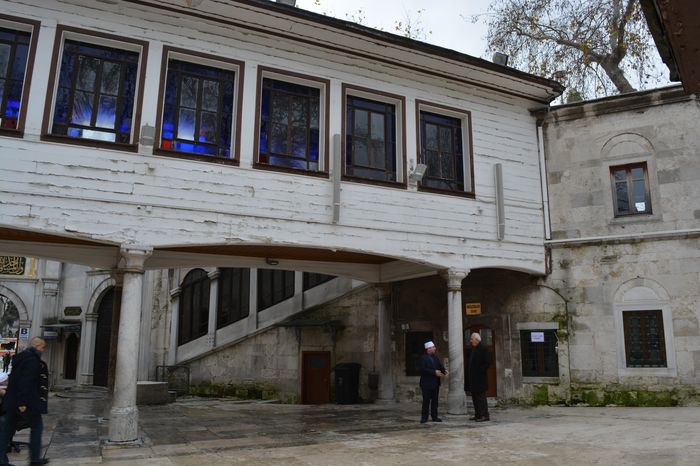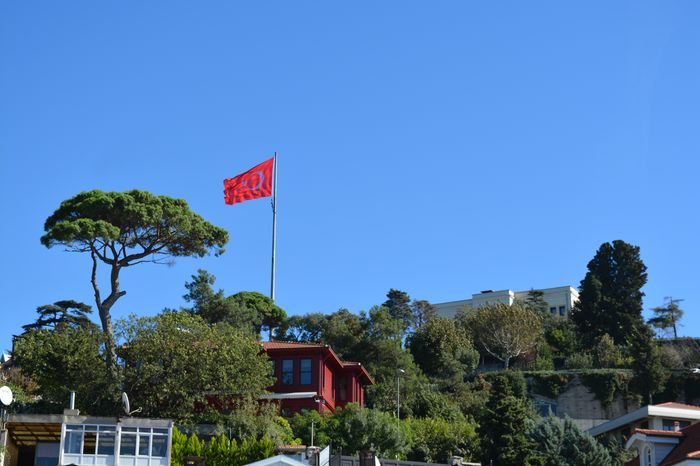As a true Byzantine she looks on the Crusades only from the narrow and selfish standpoint of Constantinople, and detests soundly all Latins. The chronology is defective. She loves to describe scenes of splendour, great state-actions, audiences, and feasts, whatever is concrete and picturesque. Nor is she adverse to satire, court gossip, and detraction. Profounder matters, financial, military, and constitutional, escape her purview. Withal, however, Krumbacher calls it “one of the most remarkable efforts ofmedieval Greek historiography”, the first notable production of the medieval Greek Renaissance set afoot by Psellos and powerfully furthered by the family of the Princess.
She strains in her vocabulary for an Attic elegance, though construction and style betray too often the distance between her and the models (Thucydides and Polybius) whom she aims at imitating. She avoids, as unfit for the pen of an historian, uncouth foreign names and vulgar terms. Her studied precision in thematter of hellenizing causes her pages to take on a kind of mummy-like appearance when compared with the vigorous, living Greek of contemporary popular intercourse.
The Great Fair at Thessalonica Mid 12th century
The site of the most fair in Byzantine world came to be the city of Thessalonica, which in later centuries was almost as important a city as the Capital. Merchants came to Thessalonica from all over the East as well as the West. This fair was probably larger in size than the famous contemporary fair at Champagne in France. The follow is taken from the Timarion, a satirical work in the style of the ancient writer Lucian. It describes the fair of Thessalonica as it was in the mid-twelft century, a period in which that city not only was of economic importance but was becoming significant culturally as well.
The Demetria is a festival, like the Panathenaea at Athens and the Panionia among the Milesians, and it is at the same time the most important fair held in Macedon’ia. Not only do the natives of the country flock together to it in great numbers, but multitudes also come from all lands and of every race – Greeks, wherever they are found, the various tribes of Mysians [i.e. people of Moesia] who dwell on our borders as far as the Ister and Scythia.
Campanians and other Italians, Iberians, Lusitanians, and Transalpine Celts [this is Byzantine way of describing the Bulgarians, &c., Neapolitans, Spaniards, Portuguese, and French]; and, to make a long story short, the shores of the ocean send pilgrims and suppliants to visit the martyr, so widely extended is his fame throughout Europe. For myself, being a Cappadocian from beyond the boundaries of the empire, [this country was now under the Seljuk sultans of Iconium] and having never before been present on the occasion, but having only heard it described, I was anxious to get a bird’s eye view of the whole scene, that I might pass over nothing unnoticed.
Read More about Romanus III
